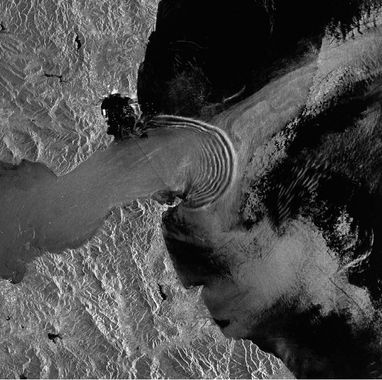Coastal altimetry reveals wind-induced cross-strait sea level variability in the Strait of Gibraltar

The Strait of Gibraltar is the only gateway between the Mediterranean Sea and the Atlantic Ocean. Both seas have very different characteristics in terms of temperature, salinity and nutrients. Water exchange that takes place here may have consequences much farther away, for example contributing to the high salinity of the Nordic Seas, a key area for deep water formation. Due to the prominent role of the ocean as a climate regulator, understanding the dynamics of this water exchange is essential to understand the climate in the Mediterranean as well as important features of the global ocean circulation.
In the recent study Wind-induced cross-strait sea level variability in the Strait of Gibraltar from coastal altimetry and in-situ measurements (Remote Sensing of Environment, 2018, DOI: 10.1016/j.rse.2018.11.042), a group of scientists led by J. Gómez-Enri from the University of Cadiz has used satellite altimetry and model data to monitor the water level from the two sides of the strait. Differences between the two sides are a way to monitor the surface water flow out and into the Mediterranean Sea. DGFI-TUM contributed to this work by recomputing a mean sea state using several years of dedicated reprocessed coastal data from satellite altimetry. This data allowed linking the sense of the surface currents in the strait to the wind regime. It is observed that specific wind events are able to reverse the mean circulation (which normally drives surface waters out of the Mediterranean) and therefore weaken the net Atlantic water inflow toward the Mediterranean Sea.
The study is a paramount example of the value of innovative coastal sea level data from satellites to improve the knowledge of ocean dynamics in areas where previously only sparse in-situ data could offer a localised view. It is also an example of the need of coastal oceanography to evolve as a synergy of different remote sensing, model and in-situ data
Arcisstraße 21
80333 München